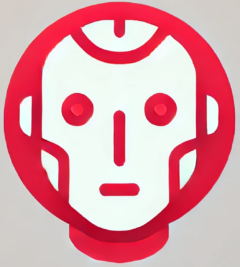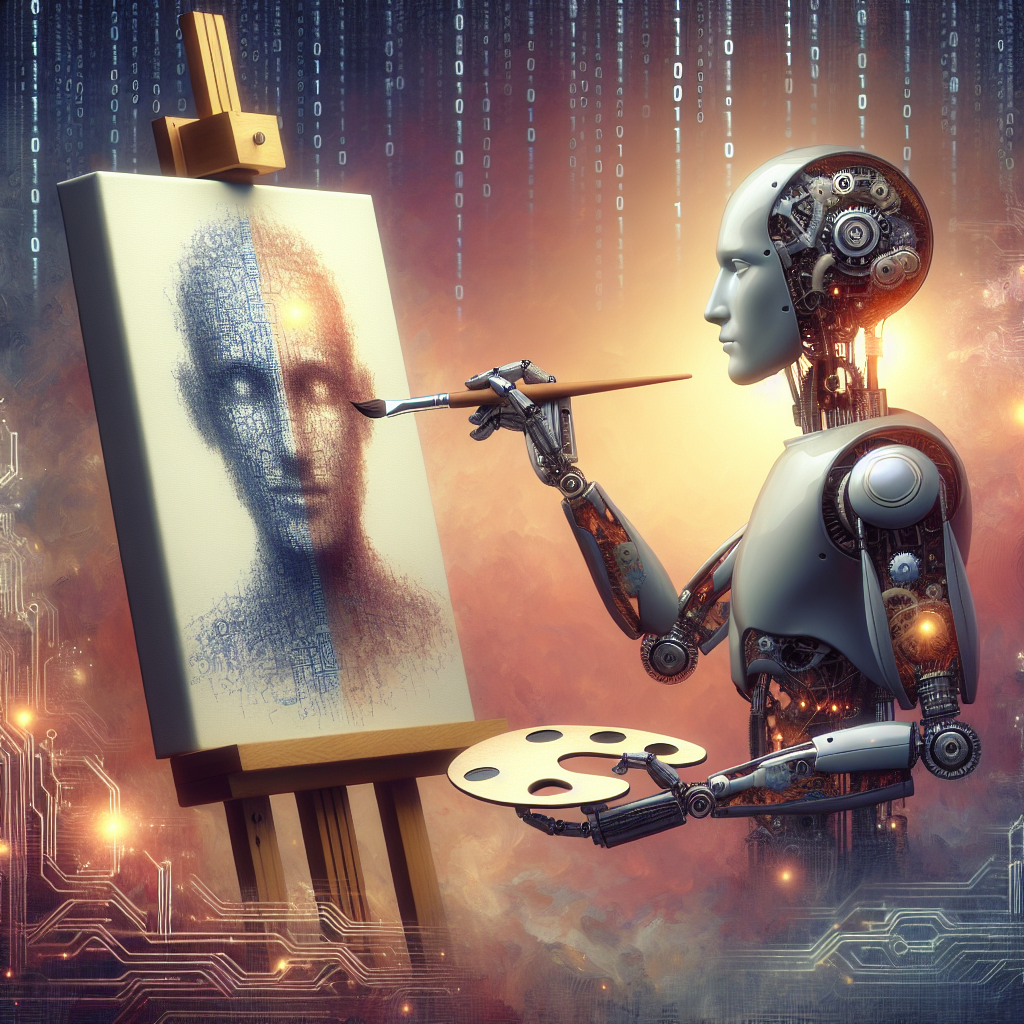AI Creativity Revolutionizing Modern Art
In 2018, an AI-generated portrait titled Edmond de Belamy sold at Christie’s auction for $432,500—nearly 45 times its estimate. That event didn’t just disrupt the art world; it redefined it. Critics debated: was this portrait the product of true creativity or simple computation? The era of AI creativity revolutionizing modern art had officially begun.
The Evolution of Art Meets the Rise of the Machine
Historically, artistic revolutions have always been fueled by new tools—charcoal, oil paints, photography, digital design. In each phase, skeptics questioned the validity of emerging forms. The arrival of AI in the art scene follows this tradition, except now the “tool” thinks, learns, and creates in ways shockingly similar to humans.
Algorithms like GANs (Generative Adversarial Networks) and diffusion models have become the backbone of AI-generated artworks. These technologies don’t just replicate existing styles; they blend and remix colors, themes, and textures to deliver something new—aesthetic ecosystems that were previously unimaginable. Artists and creatives aren’t just using AI; they’re collaborating with it.
Is AI Truly Creative?
Critics argue that creativity involves intention, emotion, and experience—traits lacking in artificial intelligence. However, AI challenges this notion by producing works that evoke emotion, provoke thought, and tell stories, even if indirectly. The ability to analyze myriad styles from centuries of art history allows AI to develop “originality” rooted in data, not personal experience.
Moreover, new AI platforms like DALL·E, Midjourney, and Runway ML provide tools for artists to co-create. Instead of replacing artists, these systems act as amplifiers, helping creatives break through mental blocks or visualize the unimaginable. AI becomes both brush and muse.
How AI Is Disrupting the Contemporary Art Scene
The influence of AI in the modern art world is profound:
- Democratized Creativity: Aspiring artists with minimal technique can now generate high-quality visuals using prompts, lowering the barrier to artistic expression.
- Blended Art Forms: Artists employ AI to merge audio, video, text, and imagery into immersive, multi-sensory installations.
- Algorithmic Aesthetics: Designers are creating AI-curated fashion, architecture, and product designs, informed by aesthetic algorithms and user interaction data.
From galleries to Instagram, AI-generated art is gaining legitimacy. Entire exhibitions are now dedicated to this new form of expression, blurring the boundaries between digital and human input.
Challenges and Ethical Dilemmas
Despite the hype, the rise of creative AI poses ethical concerns:
- Originality and Ownership: If an AI is trained on the works of human artists, who owns the resulting creation?
- Job Displacement: As AI-generated designs flood markets, demand for traditional illustrators and designers could decline.
- Bias and Representation: AI systems may unintentionally replicate the biases present in their training data.
These issues necessitate transparent development practices and regulatory frameworks to ensure AI benefits more than it disrupts.
The Future of Art Is Hybrid
Whether skeptics accept it or not, AI is no longer a backstage assistant in the creative world; it’s center stage. As we witness AI creativity revolutionizing modern art, we should embrace this hybrid future—one where technology doesn’t replace human creativity but enriches and expands it.
Want to explore AI-powered design platforms? Check out this in-depth guide on how AI is transforming visual art.

